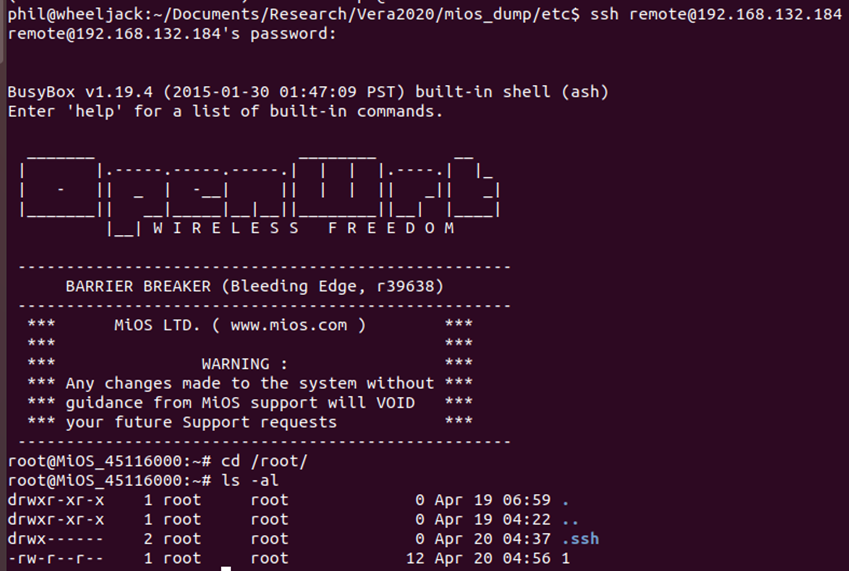

#Iot ssh tunnel download
We can define the operations in the form of a UTF-8 encoded JSON document that contains one or more URLs used by the device(s) to download updates and other data. Targets can be specific things or thing groups. IoT jobs are a set of operations that we want to send to a target.
#Iot ssh tunnel update
Think about an application that manages a fleet of connected street lights: as we said, every device has a thing type associated with it that defines a set of attributes that every device must have (the version of the installed firmware, the drawn wattage, etc.), a static thing group with a policy attached that defines the set of allowed actions, a dynamic group that contains all the devices that run an old version of the firmware (so we can use this group as the target for our update firmware job), and finally a billing group for each city we are placing things to (so we can better track costs). With these tools, we can organize our devices in a granular way. Think of thing type as skeletons for things configuration: if a device is of type "streetlight”, it will have the attributes "wattage" and "firmware_version".



You can't associate a thing to a deprecated thing type. If you need to do this, you have to deprecate your thing type and create a new one. Thing types are immutable, so you cannot add an attribute to your thing type after creating it. Thing types allow you to define a general description of your things and a set of attributes that every device associated with it must have. Offers many tools to help you organize your fleet of devices in a centralized webpage. IoT Device Management is one of the many features of AWS IoT Core. Serverless architectures are built to suit this purpose, so every time we add new features, we should look for a solution that doesn't require static resource provisioning. Scalability also involves the ability of our system to grow automatically based on the traffic. What is the order of magnitude we expect as the number of devices connected to our ecosystem? Is our application B2B or B2C? These are some questions we want to ask ourselves to define a way to organize our devices and information in an ordered manner that will help us find what we are looking for, even if the amount of filterable data is massive. S3 is the perfect service for this scope because it offers encryption at rest (either managed or with KMS), replication to another bucket in another AWS region, security policies, and IAM integration to give access only to the people and applications that need to perform operations on it. Certificates need to be stored in encrypted storage with limited access and replicated to multiple Availability Zones and, if possible, regions to reduce the chance of data loss. Security is probably the most crucial aspect of IoT applications: as discussed before, we don't want unauthorized people to access our devices. We can quickly do this on AWS with Lambda functions (or Step functions if the automation is more complex) that can be triggered as events by various other parts of our application. We must automate these operations because there is a high chance of error. Many tasks, such as device creation, deletion, and certificate renewal, usually require multiple actions.
#Iot ssh tunnel how to
This article concludes the trilogy of our IoT overview: we described what you should consider when creating your IoT project, how you can take advantage of AWS Rules management to trigger other services in an event-driven designed application, and finally, how to organize your devices pool in the best possible way! The main issues we need to consider Automation If we don't do this, we might operate in a chaotic environment that is difficult to manage and debug.ĭevice management means a way to filter our objects quickly, find out which ones aren't operating as they should, have organized storage for certificates and messages in a scalable manner. When building our project, we need to consider how to organize our resources to allow us to search them quickly. IoT ecosystems consist of thousands or more devices connected to a centralized backend that handles connections and inward and outward messages.


 0 kommentar(er)
0 kommentar(er)
